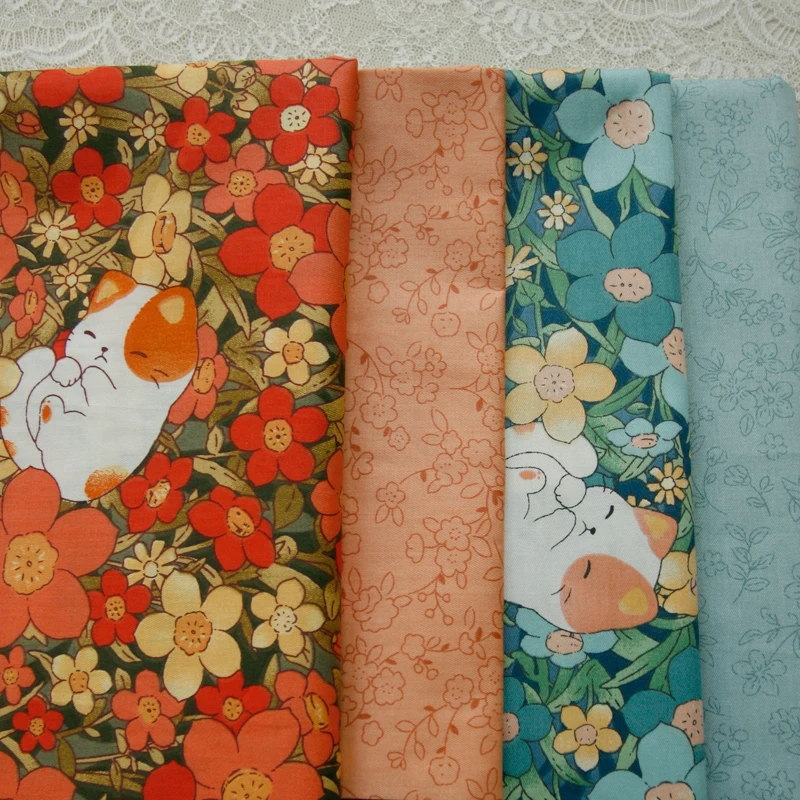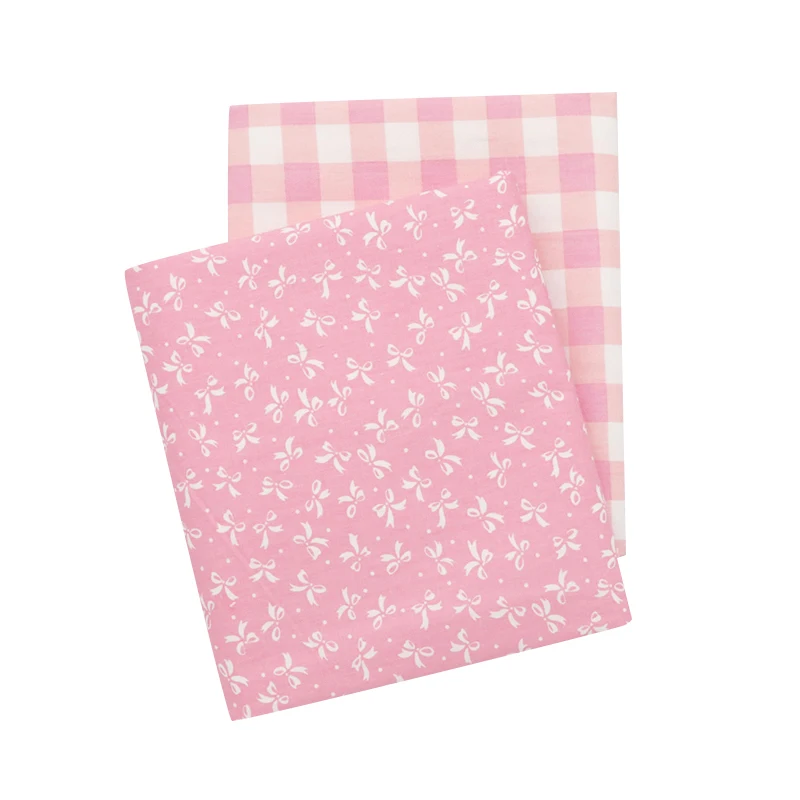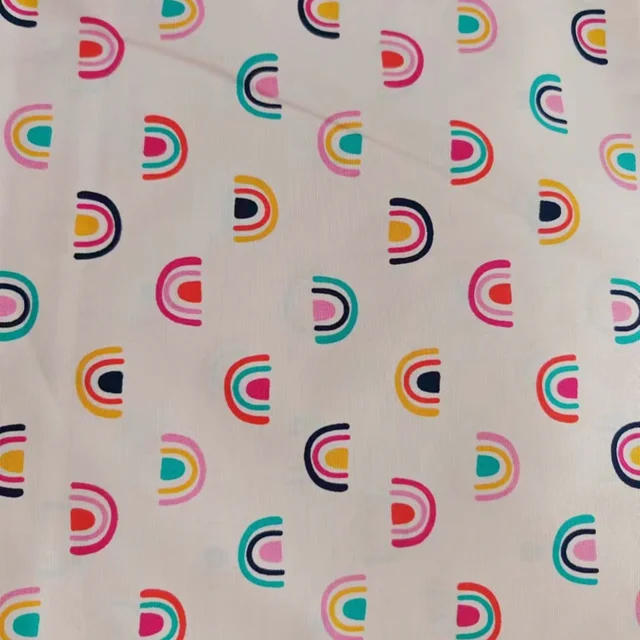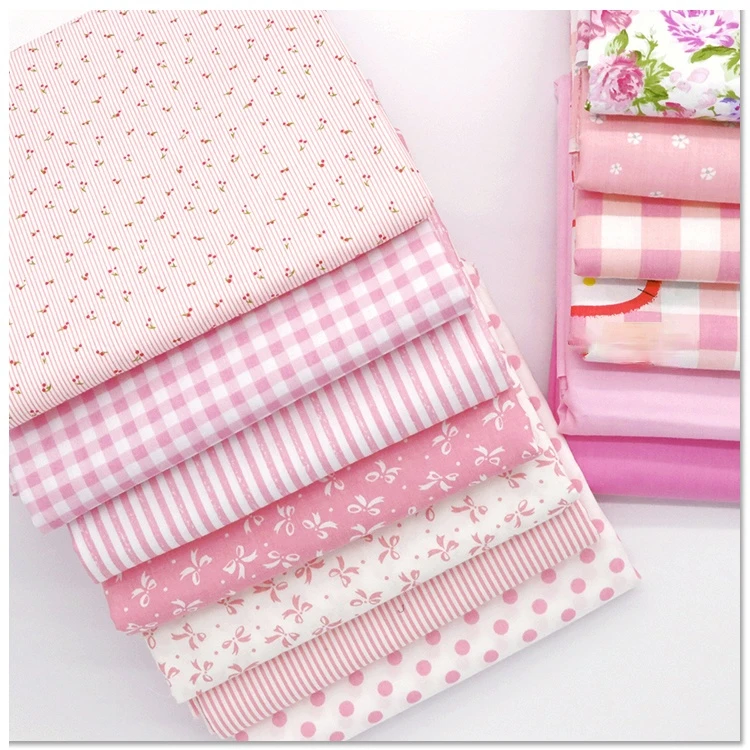Introduction: The Unwelcome Guest on Your Favorite Garments
Oil stains are the pesky, unwelcome visitors that can unexpectedly ruin your favorite shirt or delicate dress, leaving you frustrated and searching for solutions. From cooking mishaps to makeup smudges, these stains can seem daunting, but fear not! With the right techniques and a bit of stain removal magic, restoring your fabrics to their former glory is achievable. This comprehensive guide delves into effective strategies for eliminating oil stains from various fabrics, ensuring your wardrobe stays fresh and spotless.
Understanding Oil Stains: Why They’re Tricky
The Science Behind Oil Stains
Oil and grease stains are challenging because oils do not mix with water, making them resistant to conventional washing methods. When oil penetrates fabric fibers, it creates a barrier that locks in the stain, requiring a more targeted approach to break it down and lift it away.
Types of Oil Stains
Differentiating between the types of oil stains you’re dealing with is crucial for selecting the right cleaning method. Common culprits include cooking oils, butter, salad dressings, automotive grease, and even skin oils from cosmetics.
Golden Rule: Act Promptly
Speed is of the essence when it comes to stain removal. Fresh stains are easier to lift than those that have had time to set. Attend to the stain as soon as possible to maximize your chances of success.

The Arsenal of Stain Removal Tools
Absorbent Powders
Cornstarch, talcum powder, or baking soda can absorb excess oil before treatment, making the stain less stubborn.
Detergents and Soaps
Look for heavy-duty liquid dish soap or laundry detergent formulated to break down oils. Avoid bar soaps, which can leave residue.
Solvents
For tougher stains, solvents like rubbing alcohol, white vinegar, or even dedicated stain removers containing enzymes can work wonders.
Cold Water
Hot water can set oil stains permanently; always use cold water to rinse and treat the stain.
The Step-by-Step Guide to Oil Stain Removal
1. Blot, Don’t Rub
Start by gently blotting the stain with a clean, white cloth or paper towel to remove as much excess oil as possible. Avoid rubbing, which can spread the stain further.
2. Apply Absorbent Powder
Generously sprinkle the stain with cornstarch, talc, or baking soda. Let it sit for 15-30 minutes to absorb the oil, then brush off the powder.
3. Pre-treatment with Detergent
Apply a small amount of liquid detergent directly onto the stain, working it in gently with your fingers or a soft-bristled brush. Let it sit for 5-10 minutes.
4. Soak in Cold Water
Submerge the garment in a sink or basin filled with cold water, allowing it to soak for at least an hour or overnight for heavily stained areas.
5. Repeat If Necessary
Check the stain after soaking. If it persists, repeat the detergent application and soaking process until the stain lifts.
6. Launder as Usual
Once the stain is gone or significantly faded, wash the item in cold water with a regular cycle. Avoid hot water and dryer heat until you’re sure the stain is fully removed.
Special Considerations for Delicate Fabrics
Silk and Wool
Handle these fabrics with extra care. Instead of scrubbing, gently blot and use a mild detergent. Test any cleaning solution on an inconspicuous area first.
Leather and Suede
For these materials, avoid water and use specialized leather cleaners or take the item to a professional cleaner.
Synthetic Fabrics
These are generally more resilient but can still benefit from a gentle touch. Be cautious with solvents, which can damage some synthetics.

Advanced Tactics for Stubborn Stains
Enzyme Treatment
For deeply ingrained stains, consider using an enzyme-based stain remover, following package instructions carefully.
Dry Cleaning Solvent
In cases where home remedies fail, try a dry cleaning solvent available at most supermarkets. Follow safety precautions and ventilation recommendations.
Professional Help
When all else fails, seek the expertise of a professional cleaner who has specialized equipment and products for tough stains.
Prevention Is Better Than Cure
Mindful Habits
Develop habits that minimize the risk of oil stains, such as wearing aprons while cooking or applying makeup away from clothing.
Prompt Attention
Address spills immediately to prevent them from setting.
Protective Measures
Use napkins, cloths, or protective covers on surfaces that come into contact with oils regularly.
Innovative Solutions and Future of Stain Removal Technology
Eco-Friendly Alternatives
As environmental consciousness grows, so does the demand for green cleaning solutions. Look out for plant-based detergents and natural solvents like citrus-based cleaners that effectively tackle oil stains without harsh chemicals. These alternatives are gentler on both fabrics and the planet.
Smart Fabrics
Advancements in textile technology are giving rise to ‘self-cleaning’ or ‘hydrophobic’ fabrics. These materials use nanotechnology to repel liquids, including oils, making stains less likely to adhere and easier to clean. While not yet mainstream, these smart fabrics hint at a future where stain-resistant clothing could be the norm.
Stain Removal Apps and Tools
Technology is also entering the realm of stain removal guidance. Mobile apps now exist that can identify stains and recommend specific cleaning methods tailored to the fabric type and stain source. Some even incorporate AI algorithms to improve accuracy and effectiveness over time.
Professional Grade Products for Home Use
Traditionally reserved for commercial laundries and dry cleaners, advanced stain removal products are becoming more accessible to consumers. These high-performance formulations can target and eliminate stubborn oil stains with greater efficiency, offering professional-level results at home.
Education and Awareness
An important aspect of stain removal’s future lies in consumer education. As more resources become available online and through social media, people are better equipped to make informed decisions about caring for their clothes. Understanding the science behind stains and the appropriate remedies goes a long way in preventing irreversible damage.

Maintaining a Stain-Free Lifestyle: Long-Term Strategies and Tips
Daily Routines for Stain Prevention
Wardrobe Preparation
Invest in stain-resistant clothing treatments, especially for garments prone to frequent wear or exposure to oils. These treatments create a barrier that makes it harder for stains to set in.
Regular Cleaning Schedule
Don’t wait for visible stains to appear before washing clothes. Regular cleaning helps remove invisible oil traces that could oxidize and become visible over time.
The Right Storage
Store clothes in a clean, dry place, away from potential oil sources like cooking areas or workshops. Use garment bags for delicate items to prevent dust and accidental spills.
Eco-Friendly Alternatives for Stain Removal
For those conscious of their environmental footprint, explore natural alternatives to chemical cleaners:
Lemon Juice and Salt
A mixture of lemon juice and salt can act as a mild abrasive for certain oil stains, especially on colorfast fabrics.
Baking Soda Paste
Create a paste of baking soda and water, apply it to the stain, and let it sit before washing. Baking soda is a gentle yet effective cleaner and deodorizer.
White Vinegar
Diluted white vinegar can help break down grease and oil stains. Use it as a pre-treatment before washing, being cautious with delicate fabrics.
Mindful Product Selection
Choose environmentally friendly detergents and cleaning products that are free of harsh chemicals, phosphate, and bleach. Look for certifications like EPA Safer Choice or Leaping Bunny for cruelty-free options.
Educating Family Members
Include family members, especially children, in your stain prevention efforts. Teach them about the importance of quick response to spills and responsible handling of garments.
Embracing Technology for Stain Solutions
Smart Fabrics
As technology advances, smart fabrics with built-in stain repellent properties are becoming more accessible. Consider incorporating these into your wardrobe for added protection.
Portable Stain Removers
Carry a small stain remover pen or wipes in your bag or car for immediate treatment of unexpected stains on the go.
Stain Removal Apps
Utilize mobile apps designed to guide you through stain removal processes, offering customized advice based on the type of fabric and stain.
The Psychological Benefits of a Stain-Free Wardrobe
Confidence Boost
Knowing your clothes are clean and presentable can significantly boost confidence, affecting how you carry yourself in social and professional settings.
Reduced Stress
Removing the stress of dealing with unexpected stains allows you to focus on more important aspects of your day, improving overall mental wellbeing.
Sustainability and Cost Savings
By prolonging the life of your clothes, you contribute to a more sustainable lifestyle and save money in the long run, reducing the need for frequent replacements.
Conclusion: Mastering the Art of Stain Removal Magic
Oil stains, once feared as permanent blemishes, can be effectively managed with the right approach and a bit of patience. By arming yourself with knowledge about the nature of these stains and employing strategic cleaning methods, you empower yourself to rescue even the most delicate fabrics from oily disasters. Remember, prompt action, gentle treatment, and persistence are key in the battle against oil stains. With practice, you’ll wield the stain removal magic with ease, preserving the beauty and longevity of your cherished garments.









